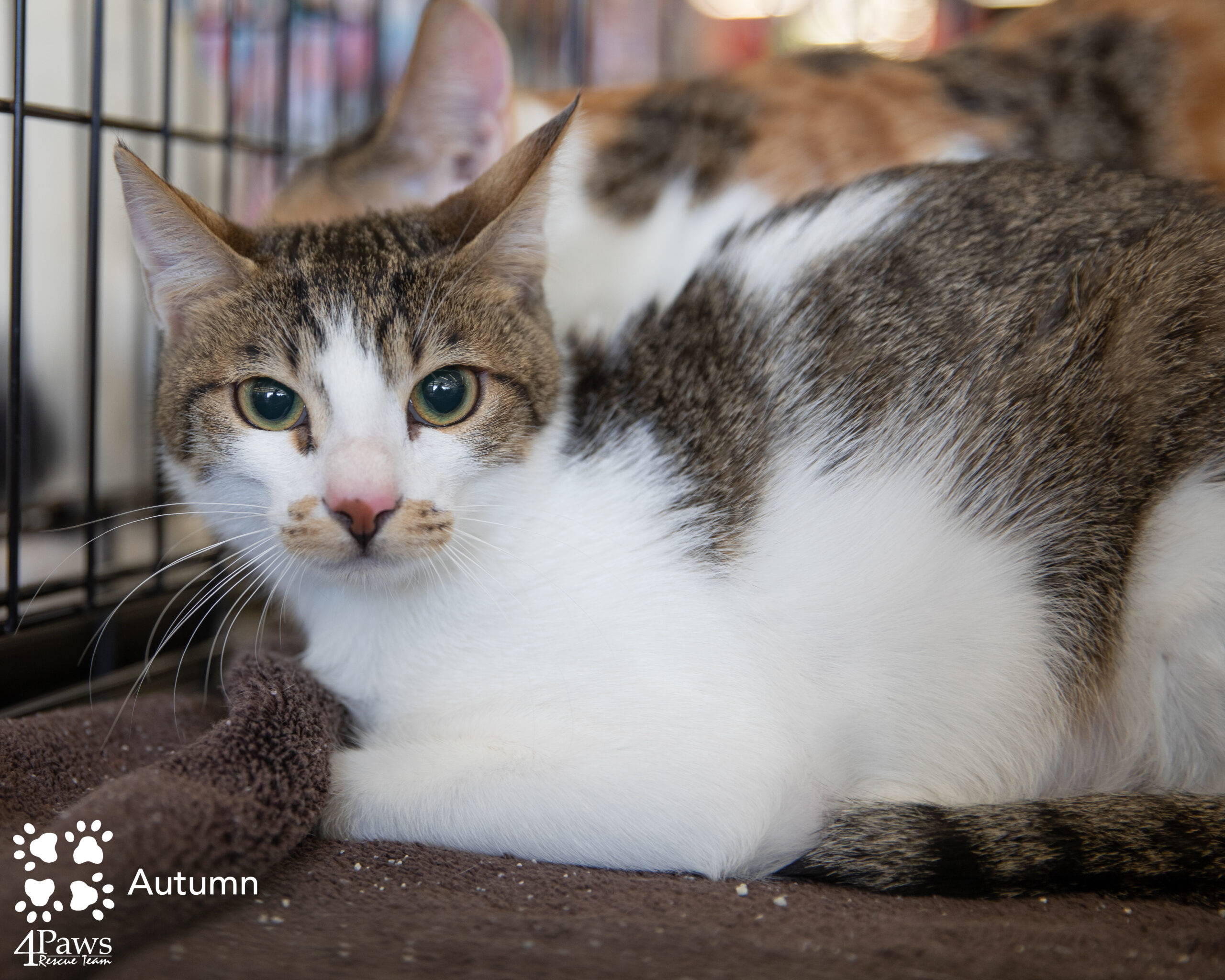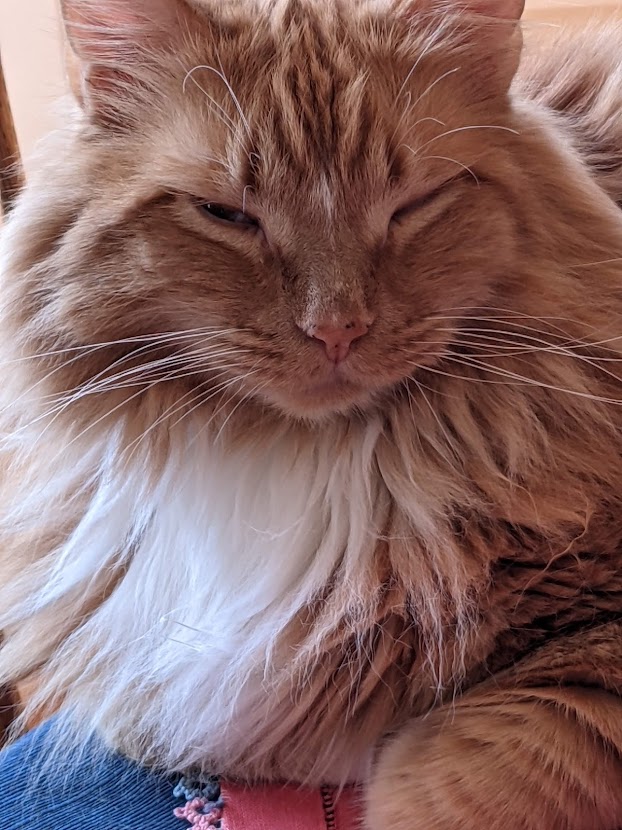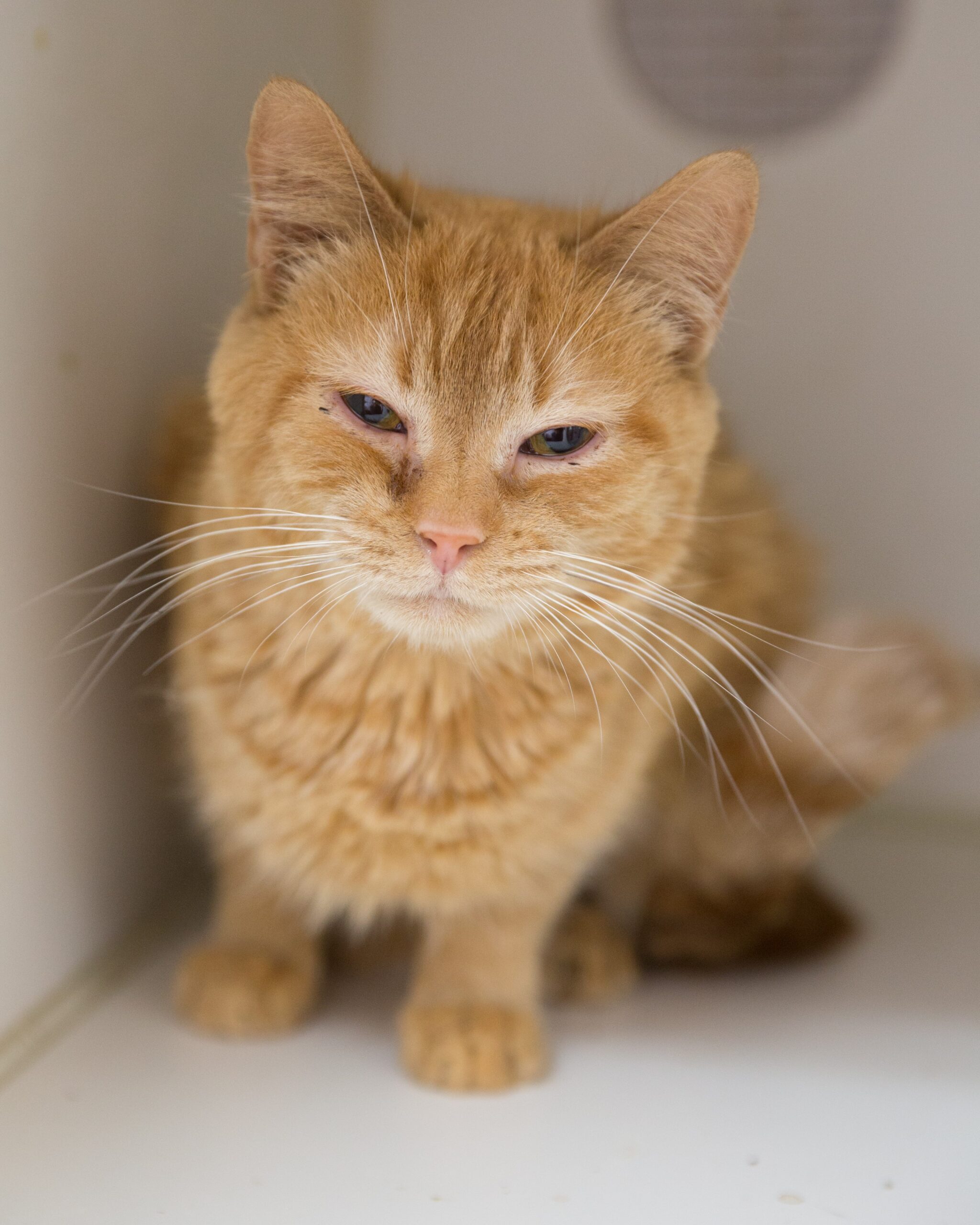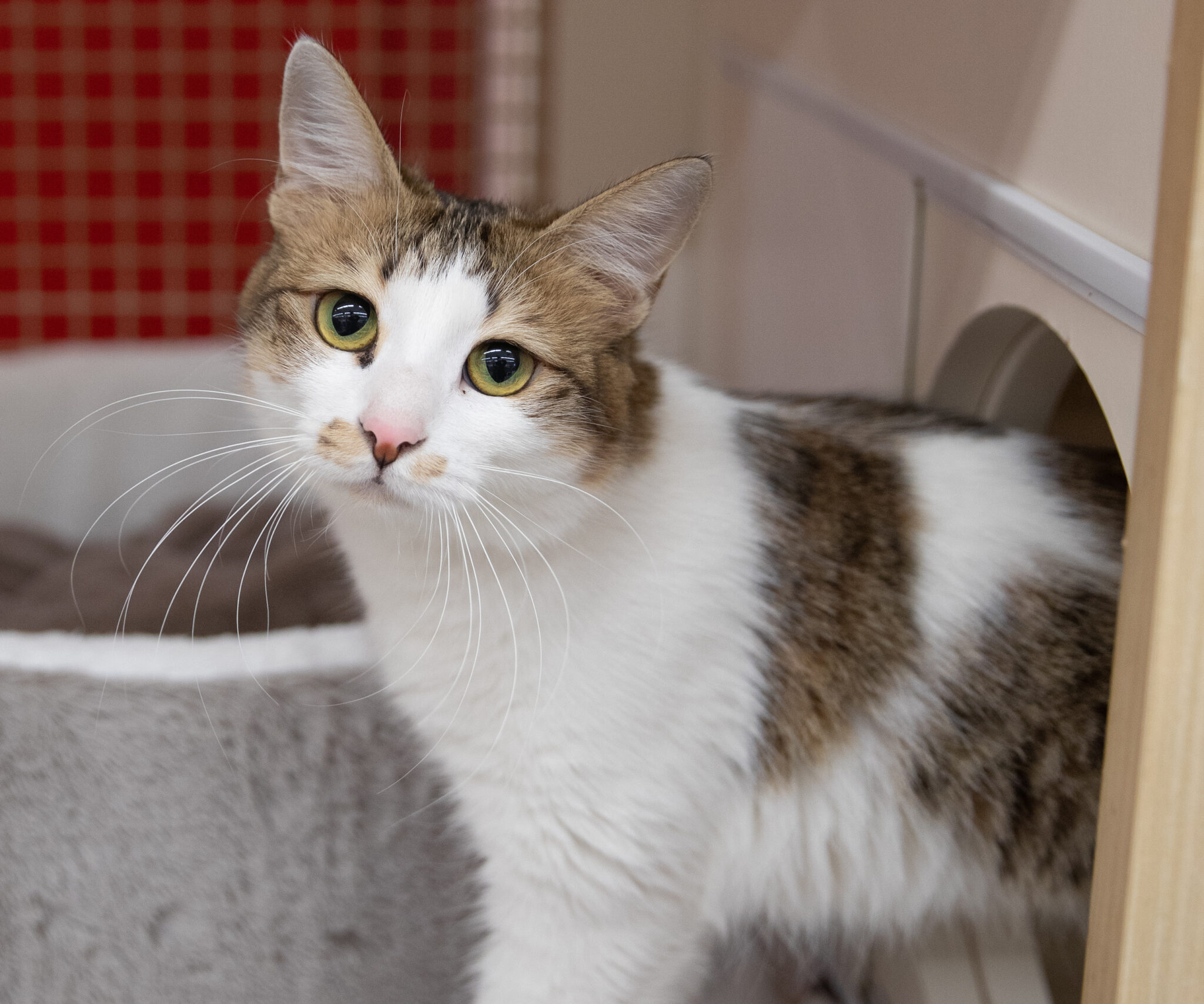Regular check-ups are important for your cat’s health. These regular pet examinations keep your kitty up to date on vaccinations and can identify early signs of disease. There are times when your cat may exhibit certain symptoms and you’re unsure whether the situation requires a trip to the veterinarian. It’s always a good idea to exercise caution and take your cat to the veterinarian if you are concerned. Cats are really good at hiding illnesses and issues like ear infections and dental problems. Here are ten symptoms that should never be ignored.
- Signs of Obvious Distress: Cats are typically very stoic animals, so if your cat suddenly seems to be in distress, this is a cause for concern. Howling, crying, hiding, and otherwise acting in a way that is out of character for your pet should alert you that something may be seriously wrong.
- Abnormal Litter Box Behavior: Changes in litter box habits can indicate a serious health problem. Urinary obstruction is a condition that prevents the cat from passing urine and can be fatal without treatment. If your cat suddenly begins urinating outside the litter box, straining and crying while producing little urine, going to the box more frequently, or begins grooming the genital area excessively, contact your veterinarian immediately.
- Repeated Vomiting: Occasional vomiting of food or passing hairballs is normal. But repeated vomiting may indicate that something is wrong. If your cat continues to eat and drink, as well as use the litter box, contact your veterinarian to discuss his symptoms. However, if your cat stops eating, drinking, and urinating, it should be considered a medical emergency.
- Overwhelming Fatigue: There should be a serious issue, if your cat suddenly becomes entirely sedentary and does not have any enthusiasm for things your kitty normally enjoys, or if your pet hides or sleeps in unusual places.
- Sudden Change in Appetite: Cats can have a reputation for being finicky, but you know what is normal for your pet. There could be an undiagnosed health issue if your kitty’s appetite changes suddenly, which includes showing either more or less interest in food that usual.
- Dragging Back Legs: Aortic thromboembolism is a complication that can develop in cats with heart disease. In this condition, a blood clot becomes lodged in the back legs, causing paralysis and distress. If your kitty has this condition, it’s vital to get medical attention immediately.
- A Lump or Unusual Growth: Lumps or bumps may be perfectly harmless, but without a veterinary examination, it is impossible to tell. Even if the new growth is benign, it can develop on an area that causes discomfort for your pet. Lumps or bumps around your cats’ face can be caused by “kitty acne.” But I once found a lump on my female cat’s mammary gland that turned out to be cancer.
- Coughing or Other Breathing Changes: Any changes to your cat’s respiratory system such as, wheezing or coughing, or panting should be taken seriously. Unlike dogs, cats never pant! Respiratory issues could be a symptom of tumors, parasites, respiratory disease, or exposure to toxins and should be considered emergencies.
- Significant Discharge from the Eyes or Nose: Significant discharge from the eyes or nose, particularly when combined with shortness of breath, panting or sneezing, can be a sign of a respiratory infection. These infections can progress very quickly if left untreated.
- After Any Major Trauma or Fighting with Another Cat: If your cat is struck by a car, tangles with another animal, or experiences trauma, a visit to the veterinarian is critical. Even if your pet seems fine, your kitty may have internal injuries or wounds hidden beneath the fur. This is why all cats should be kept indoors!
Routine health care refers to the non-emergency, general care that is needed to keep your cat healthy throughout its life. This includes routine veterinary care for vaccinations, parasite control, and dental care; proper nutrition; grooming; and protection from household hazards.
It’s a common misconception that indoor cats don’t need to go to the vet. While it’s true that contagious feline illnesses are often contracted via contact with animals in the outside world, there are nonetheless many reasons that regular vet visits are important for indoor cats, from the administration of legally required vaccines to catching issues before they become serious.




